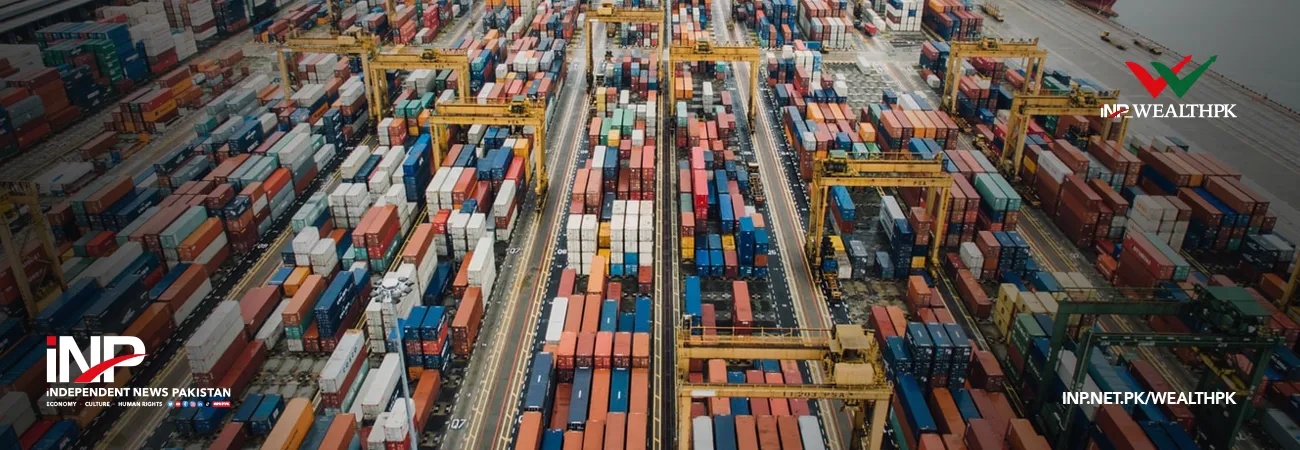INP-WealthPk
Amir Khan
Pakistan's overreliance on primary export resources coupled with limited market diversification has hindered its ability to compete globally, causing it to lag behind its regional counterparts in terms of trade share. Talking to WealthPK, Rafiullah Kakar, a member of the development projects committee (Social Sector and Devolution) at the Ministry of Planning, Development and Special Initiatives, said that the China-Pakistan Economic Corridor (CPEC) was poised to serve as a significant catalyst in revitalising Pakistan's industrial sector and overcoming the stagnation in exports. He further said that CPEC had emerged as a potential catalyst for industrial rejuvenation, offering incentives through special economic zones (SEZs) and infrastructure investments. He said China had emerged as the principal investor in Pakistan, injecting $25.4 billion into the economy over the past decade. "Progress in energy projects, with 14 having already been completed and several underway, has augmented Pakistan's power generation capacity, catalysing economic activity."
"Likewise, advancements in transportation infrastructure, exemplified by the construction of highways and connectivity to major ports, promises to bolster trade efficiency," he added. Kakar pointed out that the nine planned SEZs, complemented by tax exemptions and logistical support, held promise for attracting investment and fostering industrial growth. "Moreover, streamlined regulatory frameworks underscore a commitment to sustainable development." He said that Pakistan's export growth had been stagnant, with its global trade share decreasing from 0.15% to 0.12% between 2005 and 2022, contrasting sharply with China and Vietnam, which experienced significant trade expansion during the same period. Talking to WealthPK, Muhammad Ashfaq, a joint secretary at the Ministry of Commerce, pointed out that critical issues plaguing Pakistan's export sector included its limited diversification in both export products and target markets. He explained that in terms of export items, the dominance of primary resources such as cotton fabrics, rice and animal skins had persisted over several decades.
"Furthermore, Pakistan's export destinations are heavily concentrated in the Middle East, particularly in rice exports, and its top three trading partners — the USA, Europe, and China — dominate its export sector." "In contrast to its regional counterparts, Pakistan has failed to transition its export base from primary raw materials to high-value-added products. Over the past two decades, the share of the manufacturing sector in Pakistan's exports has only increased by 16%, while regional competitors have recorded an average growth rate of 43%." However, Ashfaq said CPEC was set to boost Pakistan's economy through enhanced market accessibility, regional connectivity and expanded trade volumes. "The corridor aims to fortify trade links with key regions like the Middle East, Central Asia, and Africa, laying the groundwork for industrial development." "Nevertheless, CPEC's transformative potential necessitates structural reforms to address systemic constraints and unleash Pakistan's industrial prowess. Prioritising export diversification, enhancing market access, and fostering an enabling business environment is imperative for long-term sustainability," he underscored.
Credit: INP-WealthPk













